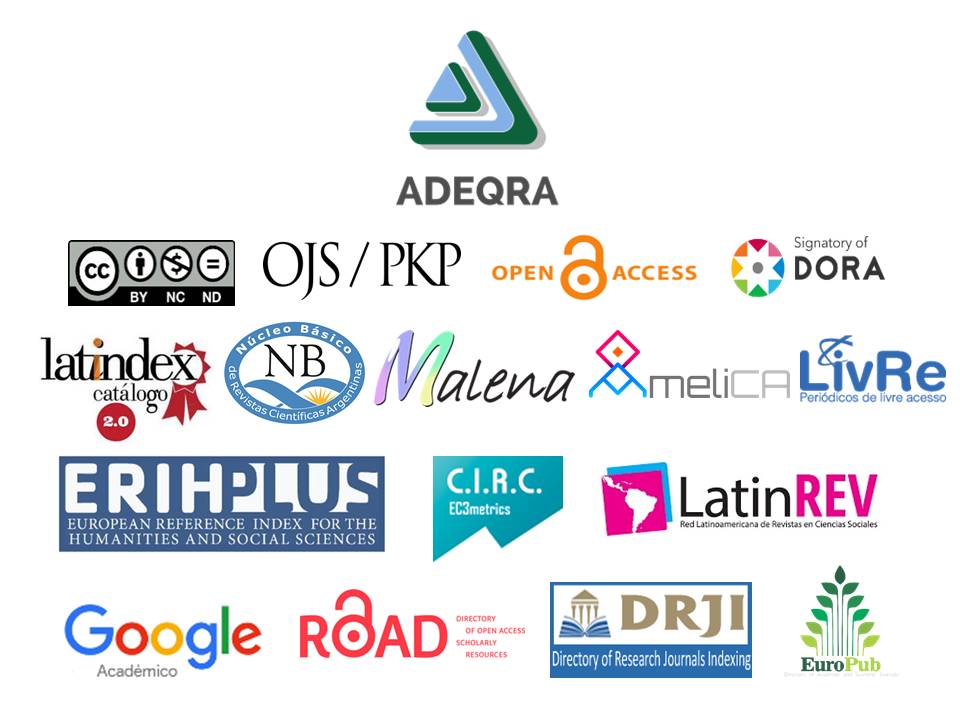From the Structure to the properties of Cycloalkanes: A didactic strategy based on the use of molecular modeling software
Keywords:
secondary education, cycloalkanes, TICs, molecular modeling, spatial abilityAbstract
The study of Cycloalkanes is important in the curriculum development of Chemistry in secondary school, given the frequency with which the distinctive cyclical structures of this group are found in nature. They appear in diverse compounds such as carbohydrates, steroids and antibiotics, substances that fulfill central functions in biological systems, as well as in petroleum, source of fuels and raw materials for the process industry. This paper presents a didactic strategy for the development of the conceptual unit corresponding to the structure and properties of the Cycloalkanes, based on the use of the free access molecular modeling program ACD/Chemsketch v12.01 with which students can generate, visualize and manipulate three-dimensional representations of the molecules of these compounds.
References
Chandler, P. y Sweller, J. (1991). Cognitive Load Theory and the Format of Instruction. Cognition and Instruction, 8(4), 293-332
Harle, M. y Towns, M. (2011). A review of spatial ability literature, its connection to chemistry, and implications for instruction. Journal of Chemical Education, 88, 351-360.
Lorenzo, M. G. y Pozo, J. I. (2010). La representación gráfica de la estructura espacial de las moléculas: eligiendo entre múltiples sistemas de notación. Cultura y Educación, 22 (2), 231-246.
Ministerio de Educación de la Nación (2011). Núcleos de Aprendizajes Prioritarios. Ciencias Naturales. Campo de Formación General. Ciclo Orientado. Educación Secundaria. Buenos Aires, Argentina.
Ministerio de Educación de la Provincia de Santa Fe (2014). Diseño Curricular de Educación Secundaria Orientada. Santa Fe, Argentina.
Ministerio de Educación de la Provincia de Santa Fe (2016). Núcleos Interdisciplinarios de Contenidos (NIC): la educación en acontecimientos. Santa Fe, Argentina.
Wu, H-K. y Shah, P. (2004). Exploring visuospatial thinking in chemistry learning. Science Education, 88, 465-492.
Downloads
Published
How to Cite
Issue
Section
License

This work is licensed under a Creative Commons Attribution-NonCommercial-NoDerivatives 4.0 International License.



